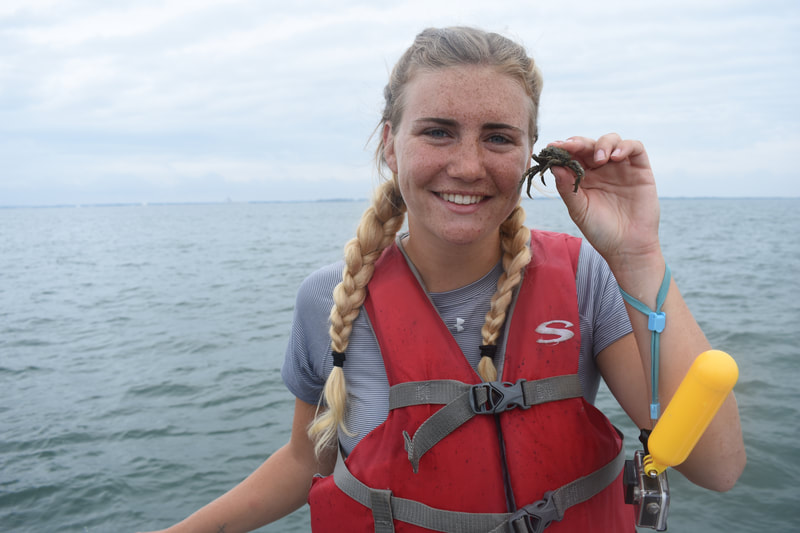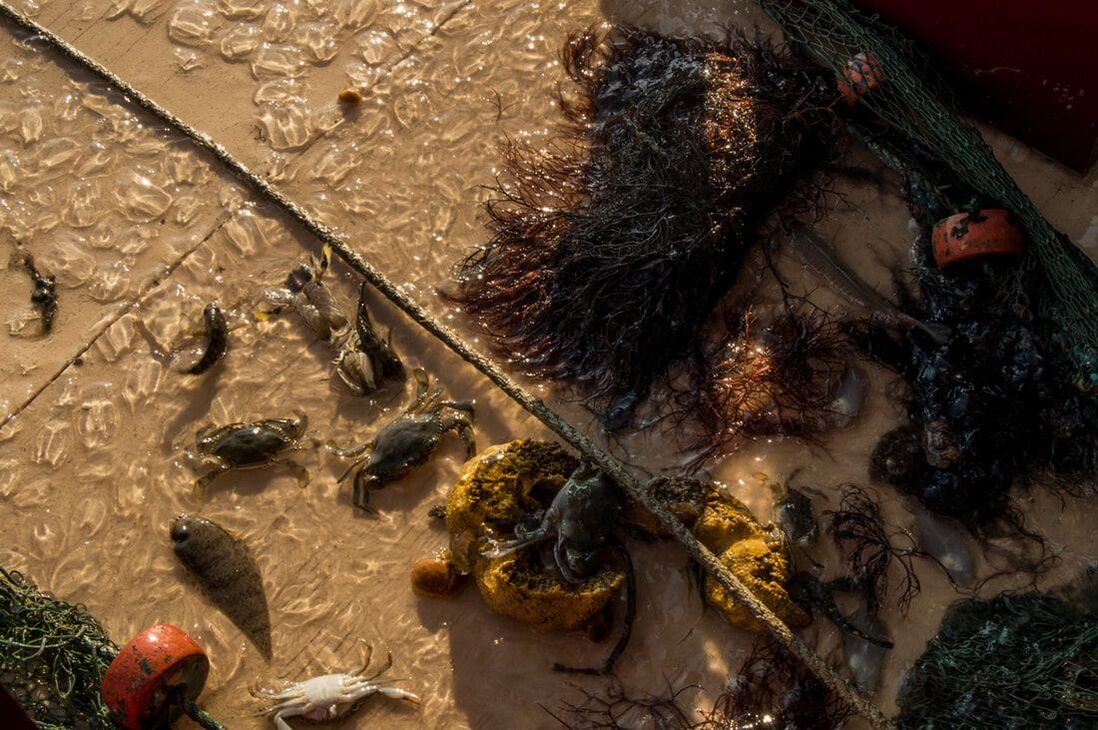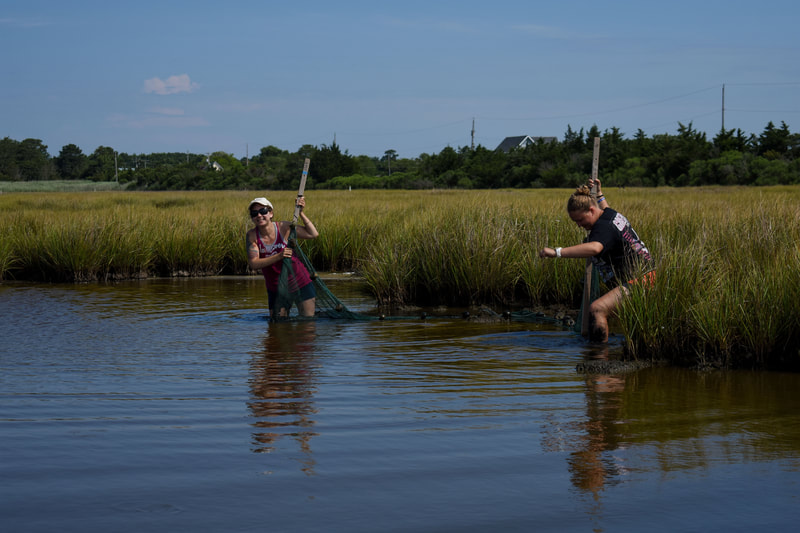MARINE ECOLOGY - MARSCI260
DR. CLAY CORBIN - BLOOMSBURG UNIVERSITY
Course Description:
Interrelationships among animals, plants, and physical aspects of the environment will be studied, with stress on adaptations for survival. which are unique to coastal habitats. This is a project-based course. We will be collecting and analyzing marine/coastal ecological data as a class and in small groups. Expect to be in the field in all conditions for extended periods of time. Prerequisites: One semester of college-level biology.
Course Goals and Objectives:
This is a field course where we will investigate marine and coastal ecosystems (estuaries, saltmarshes, seagrass beds, tidal creeks, bays, coves, barrier islands, beaches, intertidal zones). Someone, somewhere, at some time said that we learn best by doing (i.e., hands-on experiences) and courses like this are a magnificent marriage of talk and action. I expect a high level of participation, teamwork, and respect for the diverse experiences and backgrounds of course participants. As students of this course, you will:
Approximate Amount of Course Time in the Field:
75%
Prerequisites:
One year of biology courses with labs (e.g. freshmen biology I & II)
Required Textbooks or Supplies:
To be determined
Number of Students in Course:
6-20
2024 Chincoteague Bay Field Station Fee*:
3 week course; housing and meals included
Salicornia; $1,794
Traditional; $1,644
Fees are subject to change at the discretion of the board of directors
* Does not include university tuition or fees. For specific policy on CBFS fees, click HERE.
Interrelationships among animals, plants, and physical aspects of the environment will be studied, with stress on adaptations for survival. which are unique to coastal habitats. This is a project-based course. We will be collecting and analyzing marine/coastal ecological data as a class and in small groups. Expect to be in the field in all conditions for extended periods of time. Prerequisites: One semester of college-level biology.
Course Goals and Objectives:
This is a field course where we will investigate marine and coastal ecosystems (estuaries, saltmarshes, seagrass beds, tidal creeks, bays, coves, barrier islands, beaches, intertidal zones). Someone, somewhere, at some time said that we learn best by doing (i.e., hands-on experiences) and courses like this are a magnificent marriage of talk and action. I expect a high level of participation, teamwork, and respect for the diverse experiences and backgrounds of course participants. As students of this course, you will:
- Apply ecological theory to the study of the structure and dynamics of ecosystems with emphasis on coastal and marine environments.
- Learn to recognize ecological trade-offs and organismal adaptation.
- Gain experience with ecological field methods and materials.
- Develop your quantitative skills by designing and conducting observational and/or experimental ecological study.
Approximate Amount of Course Time in the Field:
75%
Prerequisites:
One year of biology courses with labs (e.g. freshmen biology I & II)
Required Textbooks or Supplies:
To be determined
Number of Students in Course:
6-20
2024 Chincoteague Bay Field Station Fee*:
3 week course; housing and meals included
Salicornia; $1,794
Traditional; $1,644
Fees are subject to change at the discretion of the board of directors
* Does not include university tuition or fees. For specific policy on CBFS fees, click HERE.




